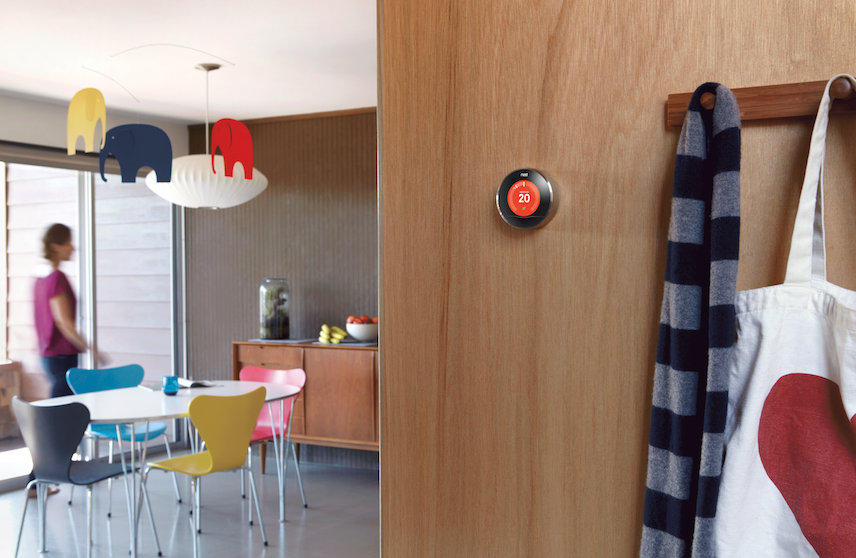Nest opens smart home devices to developers


Nest, recently acquired by Google for $3.2 billion, has opened up its developer program so others can take advantage of its smart smoke alarms, thermostats and future tech products.
Nest is a smart home device maker. The company currently offers consumers smart thermostats and smoke detectors, although this range is likely to expand in the future. Entry into the Internet of Things (IoT) market hasn't been without its problems -- such as smoke detectors which were too sensitive to user gestures -- but shows that our future homes could be more intelligent and potentially safer, more convenient and more secure through technology.
With the launch of the Nest developer program, there is a wider scope to push home automaton innovation and invention forward. In an announcement on the company's blog, Nest said:
"What we're doing is making it possible for your Nest devices to securely interact with the things you already use every day. Things like lights, appliances, fitness bands and even cars.
Because when we make connections between these different parts of your life, we can create personalized experiences that do even more to keep you comfortable and safe. And help you save energy around the house. Automatically."
The developer program kicks off with a number of partners already signed on to work with Nest to create smart home devices. Partners include:
- LIFX: Lightbulbs which can be controlled to turn off and on automatically while you're away -- or pulse red in an emergency if smoke or carbon monoxide is detected;
- Mercedes-Benz: Input your expected time of arrival at home, and your thermostat can heat or cool your home depending on your preferences;
- Whirlpool: If you're signed up with specific energy providers, Nest can help you avoid "energy rush hours" and delay using washers and dryers until it passes -- with the aim of saving consumers money.
Other initial partners include Jawbone, LIFX, Chamberlain, Logitech and naturally, Google.
The Nest API is now available and allows development across iOS, Android and the Web. Firebase protocols are used to communicate with Nest in real-time, and for authorization and authentication, OAuth2.0 and SSL are used. In addition, to bring more developers to the fold, Google Ventures and Kleiner Perkins Caufield & Byers have also set up a fund specifically for Nest-based inventions.
In today's emerging industries, the more partners and the wider range of compatibility a product offers, the more likely it will be a success. By opening up the Nest platform, Google not only has the potential to reach more consumers, but also could ultimately could compile vast amounts of data concerning individual homes and energy usage.
This month, Nest acquired Dropcam for $555 million. Dropcam is a cloud-based home monitoring service and uses video footage for security purposes -- allowing live streams to be sent to mobile devices in the process.
Read on: Nest
Image credit: Nest
This post originally appeared on ZDNet.
This post was originally published on Smartplanet.com